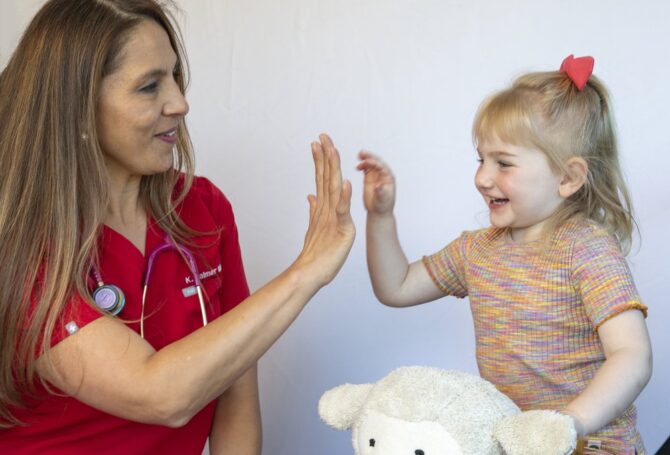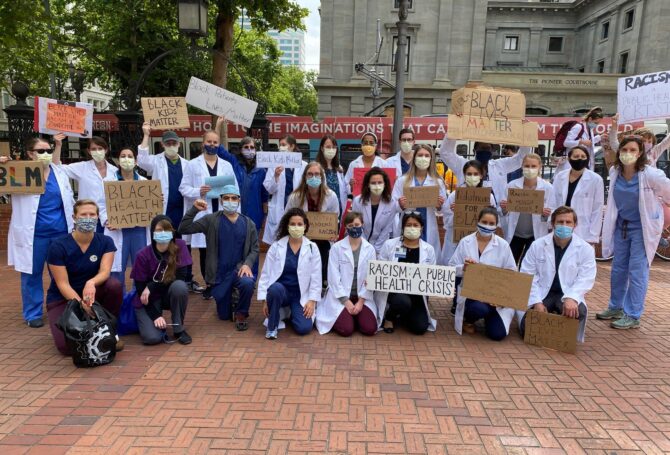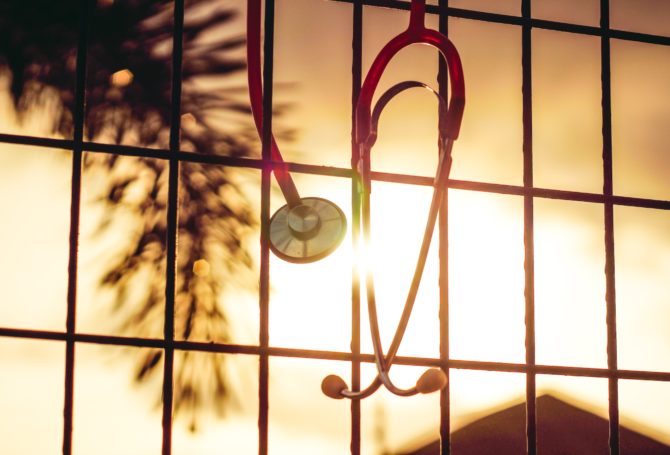
April 15, 2020
The COVID-19 pandemic is destabilizing environments and driving up stressors for everyone in Oregon without discrimination; early data shows people of color and low-income families are disproportionally affected. As primary care providers, we know there are families who have the capacity to regroup and activate supportive networks. However, those with less financial and family resources – perhaps more dependent on community services – are reaching a tipping point.
Despite disparities in health care delivery and outcomes, there is much we can do as healthcare providers caring for children and youth to ensure families are not isolated or feeling hopeless.
- Telehealth, emails, text messages and phone calls are all ways to contact parents and legal guardians to perform provider or clinic “check-ins.”
- Utilize the Oregon Child Welfare COVID-19 Family Wellbeing Assessment conversation guide for assessing child safety and wellbeing to target the medical home response.
- Practice primary prevention by updating your practices’ web page with local and state programs and agencies adapting to COVID-19.
- Identify families with barriers to parenting successfully (e.g.: food insecurity, lack of mobile phone or computer access, mental health conditions, substances misuse, and developmental disabilities) and activate available care managers to promote self-sufficiency.
- Oregon Child Abuse Solutions (formerly the Oregon Network of Child Abuse Intervention Centers) provides more information and can help connect you with your local Children’s Advocacy Center to learn what services are available for victims and for supporting family members.
- Encourage families to conduct check-ins among their relatives, neighbors, and friends, to empathize, problem solve and/or simply offer time to listen.
- Assume the best in all of us, and that we will figure out ways to support one another. Explore technologies and services that have adapted their care delivery and business models to aid us in maintaining connection and meeting basic needs.
- Remind parents to filter conversations in front of children; and limit their children’s (and their own), exposure to news, social media, YouTube, and other apps with heavy content on the COVID pandemic and negative impacts on health and economy.
- It’s critical to understand that anyone, under overwhelming circumstances, is capable of child abuse. Report all suspected cases of abuse or neglect.
A child’s ecology will determine neurodevelopment and long-term behavioral and physical health outcomes. Mitigating toxic stress to manageable levels is one way to promote resiliency and ensure children, and their caregivers, develop healthy coping strategies.
Tamara Grigsby, MD, FAAP
OPS Member, OHSU Professor, and specialist in Child Abuse and Neglect




